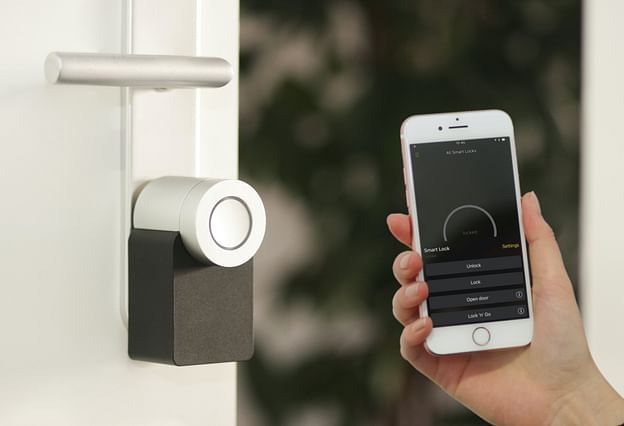Home automation idea: Smart Home Networking Systems - The Future of Connectivity
If you're like most people, you probably have a plethora of connected devices in your home - smartphones, tablets, laptops, smart TVs, gaming consoles, home assistants, and many more. While these devices can make our lives easier and more convenient, they also come with a set of challenges that need to be addressed, such as slow internet speeds, poor Wi-Fi coverage, and connectivity issues.
This is where smart home networking systems come into play. These systems are designed to improve the connectivity of your home, by providing faster internet speeds, wider Wi-Fi coverage, and better device management. In this post, we'll explore what smart home networking systems are, how they work, and why you should consider investing in one.
What are Smart Home Networking Systems?
Smart home networking systems are advanced networking solutions that aim to improve the connectivity of your home. These systems consist of multiple devices that work together to provide seamless internet coverage throughout your home, allowing you to connect and manage your devices more efficiently.
There are two types of smart home networking systems - mesh networks and traditional routers. Traditional routers work by sending a wireless signal from the router to your devices, but they have limited range and can be affected by walls and other obstacles. Mesh networks, on the other hand, use multiple devices placed throughout your home to create a network that covers every corner of your house. This approach offers better coverage, faster speeds, and fewer dead spots.
How do Smart Home Networking Systems Work?
Smart home networking systems work by creating a network of interconnected devices that communicate with each other to provide seamless connectivity. These systems consist of a primary device (usually a router or a hub) and multiple secondary devices (nodes or satellites) that are placed throughout your home.
When you set up a smart home networking system, you typically start by connecting the primary device to your modem and configuring its settings. You can then connect the secondary devices to the primary device, either through wired or wireless connections. Once the devices are connected, they work together to create a mesh network that covers your entire home - this means you won't have to worry about dead spots or weak signals in certain areas.
Smart home networking systems are usually managed through a user-friendly app that allows you to control all aspects of your network, such as changing network names and passwords, setting parental controls, and managing connected devices.
Advantages of Smart Home Networking Systems
There are several benefits to investing in a smart home networking system:
Improved Wi-Fi Coverage
One of the main advantages of smart home networking systems is improved Wi-Fi coverage. Mesh networks can cover a larger area than traditional routers, and they can be expanded by adding more nodes, depending on your needs. This means you can stream high-quality content, play online games, and work from anywhere in your home without experiencing connectivity issues.
Faster Internet Speeds
Smart home networking systems can also provide faster internet speeds, as they are designed to handle multiple devices simultaneously. This is particularly important if you have a large family or multiple people working from home. With a smart home networking system, everyone can enjoy fast and reliable internet speeds without slowing down the network.
Better Device Management
Smart home networking systems also offer better device management options. You can easily monitor all the devices that are connected to your network, set up parental controls to limit access to certain websites, and prioritize bandwidth for specific devices or activities.
Easy Setup and Management
Setting up and managing a smart home networking system is easy and user-friendly. Most systems come with a mobile app that allows you to control every aspect of your network, from adding new devices to monitoring your network activity. This means you won't have to worry about complicated configurations or manual setups - everything can be done from your smartphone or tablet.
Final Thoughts
Smart home networking systems are the future of connectivity, and they offer a range of benefits compared to traditional routers. By investing in a smart home networking system, you can enjoy improved Wi-Fi coverage, faster internet speeds, and better device management, all while enjoying a user-friendly setup and management process.
If you're considering investing in a smart home networking system, make sure to do your research and find a system that suits your needs and budget. With the right system, you'll be able to enjoy a seamless and connected home environment that makes your life easier and more convenient.





